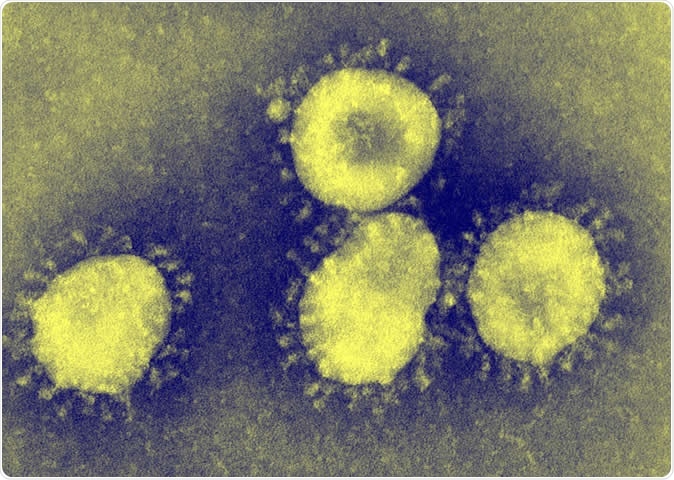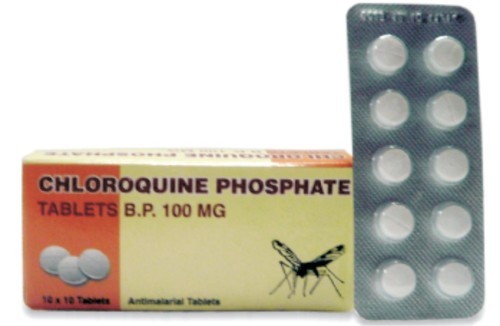
Chinese experts, based on the result of clinical trials, have confirmed that chloroquine phosphate, an antimalarial drug, has a certain curative effect on the novel coronavirus disease (COVID-19).
The experts suggested the drug be included in the next version of the treatment guidelines and applied in wider clinical trials as soon as possible, Sun Yanrong, deputy head of the China National Center for Biotechnology Development under the Ministry of Science and Technology (MOST), said at a press conference.

Chloroquine phosphate, which has been used for more than 70 years and is on the World Health Organization’s List of Essential Medicines, the safest and most effective medicines needed in a health system. Chloroquine was discovered in 1934 by Hans Andersag but was initially ignored for a decade because it was considered too toxic for human use. During World War II, United States government-sponsored clinical trials for antimalarial drug development showed unequivocally that chloroquine has a significant therapeutic value as an antimalarial drug.
Aside from preventing and treating malaria, chloroquine is also occasionally used for amebiasis that is occurring outside the intestines, rheumatoid arthritis, and lupus erythematosus.
Chloroquine was selected from tens of thousands of existing drugs after multiple rounds of screening, Sun said. According to her, the drug has been under clinical trials in over 10 hospitals in Beijing, as well as in south China’s Guangdong Province and central China’s Hunan Province, and has shown fairly good efficacy.
In the trials, the groups of patients who had taken the drug have shown better indicators than their parallel groups, in abatement of fever, improvement of CT images of lungs, the percentage of patients who became negative in viral nucleic acid tests and the time they need to do so, she said.
Patients taking the drug also take a shorter time to recover, she added. Sun gave an example of a 54-year-old patient in Beijing, who was admitted to the hospital four days after showing symptoms. After taking the drug for a week, he saw all indicators improve and the nucleic acid turn negative.

So far, no obvious serious adverse reactions related to the drug have been found among the over 100 patients enrolled in the clinical trials, she said. The expert team, led by Zhong Nanshan, a renowned respiratory specialist and an academician of the Chinese Academy of Engineering, agreed that chloroquine phosphate can be used to treat more COVID-19 patients, Sun said.
Previous in vitro experiments showed that it can block virus infections by changing the acidity and basicity value inside the cell and interfering receptors of SARS coronavirus. It also shows immune-modulating activity, which may enhance its antiviral effect in vivo and is widely distributed in the whole body, including the lungs, after oral administration.
Chloroquine is also in trials as an antiretroviral for HIV-1/AIDS and is being considered in pre-clinical models as a potential agent against chikungunya and Zika.
UPDATE: New research suggests that remdesivir — broad-spectrum antiviral agent — and chloroquine “are highly effective in the control of 2019-nCoV infection in vitro.” Scientists at the University of Queensland Centre for Clinical Research recently announced that they are close to commencing a clinical trial with chloroquine in Australia by the end of the month.









